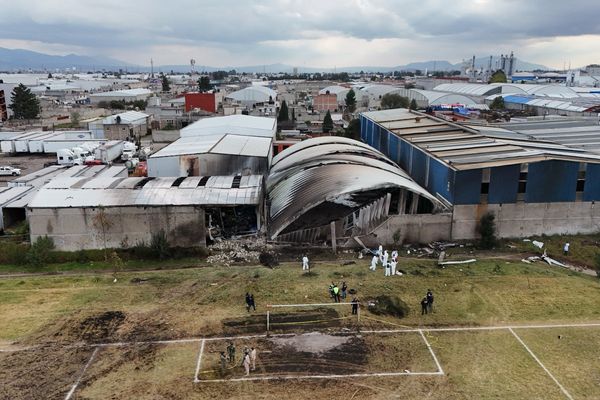
Astronomers have unveiled the most detailed 3D map ever made of stellar nurseries in our Milky Way galaxy.
Using data from the European Space Agency's (ESA) Gaia space telescope, astronomers constructed the first-ever 3D view of star-forming regions that are otherwise hidden by thick clouds of gas and dust, making it difficult to measure their true distances. A new video of the 3D stellar map takes viewers on a flyby through the radiant stellar nurseries, where new stars are forming in our cosmic neighborhood.
"Gaia provides the first accurate view of what our section of the Milky Way would look like from above," Lewis McCallum, an astronomer at the University of St. Andrews in the United Kingdom and first author of two scientific papers explaining the new 3D model, said in a statement from ESA.

"There has never been a model of the distribution of the ionized gas in the local Milky Way that matches other telescopes' observations of the sky so well," McCallum added. "That's why we are confident that our top-down view and fly-through movies are a good approximation of what these clouds would look like in 3D."
The 3D map was created using Gaia observations of 44 million ordinary stars and 87 rare O-type stars, which are massive, young and extremely bright and hot. The map extends 4,000 light-years from the sun, capturing some of the most famous regions in the sky, such as the Orion-Eridanus superbubble, the Gum Nebula and the California and North America nebulae.
Using Gaia's measurements of how the thick interstellar dust blocks starlight — a process known as extinction — astronomers can trace both the location and density of the dust clouds. When paired with observations of massive O-type stars, whose intense ultraviolet radiation lights up nearby hydrogen gas — a telltale sign of star formation — the data revealed the shapes, cavities and relative positions of the Milky Way's stellar nurseries in 3D.
The map offers new insight on how massive stars shape their environments. For example, the map shows cavities where clouds appear to have ruptured, venting streams of gas and dust into surrounding space. These features highlight the powerful influence of massive stars, which can trigger new waves of star birth even as they disrupt the galactic environment.
Creating the map required huge computational power, but astronomers hope to map even larger areas of the Milky Way. Gaia shut down earlier this year after 12 years of operations, but not all of its data has been released and analyzed. Future Gaia data releases promise even more precise measurements, so scientists expect to expand this 3D view farther into the galaxy and continue to advance our knowledge of star-forming regions.







